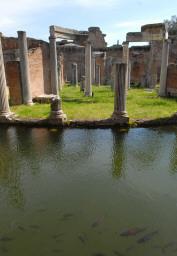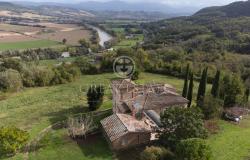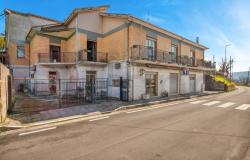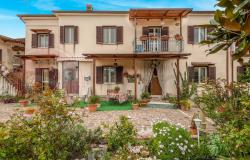A new exhibition celebrates the Ancient Roman incarnation of the modern town of Tivoli, through a host of archaeological finds on public display for the first time.
Staged in the archaeological complex of the Villa Adriana - the 2nd-century palace built by the Emperor Hadrian - the exhibition spotlights the town's rise to prominence in the Roman Empire, with a particular focus on the palace.
Hundreds of finds have been unearthed in Tivoli, once Tibur, over decades of excavations but a large number of these have been kept in storage or shipped to museums around the country.
The new exhibition offers visitors to the complex the first opportunity to admire many of these artefacts in context.
On show in the artificial grotto of Conopus, the event boasts an array of items reflecting different aspects of Ancient Roman life.
''No one piece stands out among the finds on show,'' explained Lazio Archaeological Superintendent Marina Sapelli Ragni.
''Instead we have tried to select a range of pieces that convey an overall sense of the wealth and magnificence of Hadrian's Villa''.
Architectural decorations from the palace point to its original elegance and luxury.
Three exquisitely detailed sculptures of Hercules on display, relatively recent finds from one of the shrines on the site, are thought to be Roman copies of Greek originals.
A section of a large-scale relief provides visitors with an image of Hadrian but there are also epigraphs and marble sculptures of other Roman emperors.
Located about 30 kilometres outside Rome, the town played a key role in diplomatic and trade relations between the peoples of Latium and the Italic tribe of the Sabines.
Once the two sides reached peace in 338 BC, Tibur became part of the Roman world.
It fared well for the next 300 years but only came truly into its own towards the end of the Roman Republic.
As the Empire flourished, Tibur's political weight and economic importance grew, and scores of Roman nobles began settling in the area.
According to Sapelli Ragni, aristocrats built at least 300 houses in the town, ranging from rustic villas to sumptuous palaces.
The Emperor Hadrian's decision to build his own palace in Tibur was the culmination of this trend.
Work began there in 118 AD and continued for many years, eventually producing a sprawling complex of 30 buildings stretching for over a kilometre.
Hadrian reportedly had a low opinion of the traditional imperial palace on the Palatine Hill in Rome and although the Tibur villa was originally designed as an occasional retreat, the emperor eventually lived there permanently.
The Imperial court transferred to Tibur, from where Hadrian governed the empire, connected by a postal service to Rome.
Although some of Hadrian's successors used the villa, it eventually fell into disuse.
Cardinal Ippolito II d'Este sealed the fate of the complex in the 16th century, when he scavenged much of the marble and statues to decorate his own luxurious villa, today famous for its fountains.










